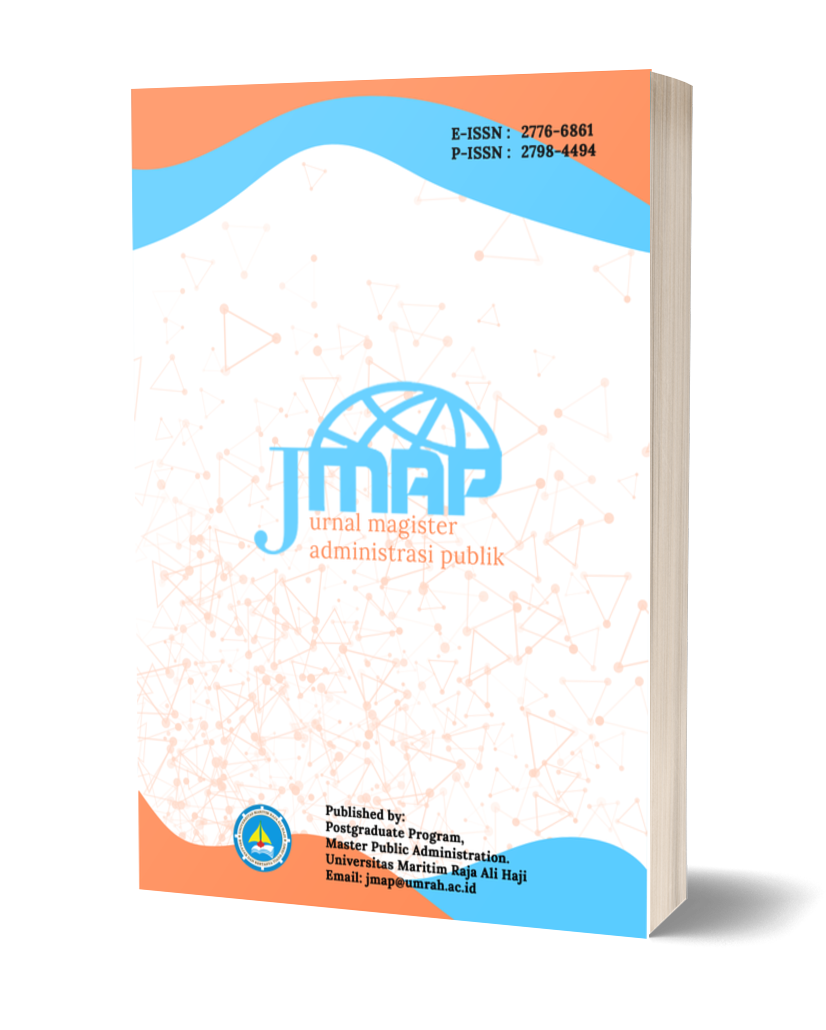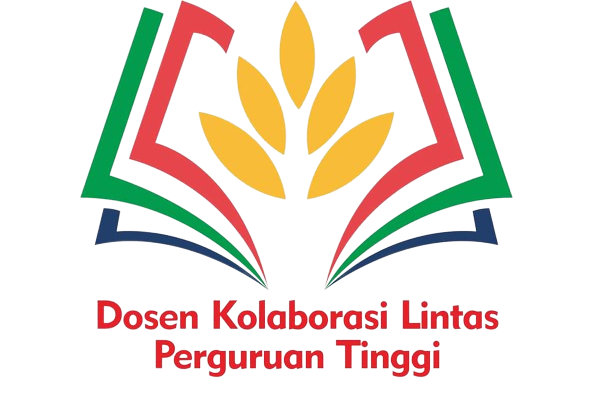Tanzania Towards Industrialization; Kilimo Kwanza Policy Towards Economic Growth and Self-Sustaining
DOI:
https://doi.org/10.31629/jmap.v1i2.3591Keywords:
Industrial Policy, Economic Growth, Tanzania, Self-SustainingAbstract
Since independence, agriculture has been the backbone of Tanzania's economy. Factors like good climatical condition, arable land, and manpower give the advantage to do well in agriculture as a tool for economic growth and self-sustaining. Despite having a good agriculture policy (Kilimo Kwanza), the country is not doing well in utilizing its full potential in the agriculture sector. This is due to several challenges like the political economy of agriculture, budget bias (constraints) against agriculture, and market bias against agriculture. To solve those problems and make this policy and agriculture more sustainable in achieving economic growth, industrialization (Tanzania ya Viwanda), and self-sustaining, this study is recommending the government to make some adjustments in the policy to match with the annual budget trends to avoid deficits. Moreover, the government should provide education to increase perceptions to the decision-makers about the importance of agriculture in the economy to reduce the biases on agriculture in their decision-making processes.
Downloads
References
Amani, H. K. R., Kapunda, S. M., Lipumba, N. H. I., & Ndulu, B. J. (1989). Impact of market liberalisation on household food security in Tanzania. University of Zimbabwe (UZ) Publications. https://opendocs.ids.ac.uk/opendocs/handle/20.500.12413/7973
Bagachwa, M. S. D., & Naho, A. (1995). Estimating the second economy in Tanzania. World Development, 23(8), 1387–1399. https://doi.org/10.1016/0305-750X(95)00055-H
Bauer, P. T. (2012). West African trade: A study of competition, oligopoly and monopoly in a changing economy. Routledge.
Bryceson, D. (1993). Liberalizing Tanzania's food trade. London: James Currey.
Cooksey, B. (2013a). The Comprehensive Africa Agriculture Development Programme (CAADP) and agricultural policies in Tanzania: Going with or against the grain. FAC Political Economy of Agricultural Policy in Africa (PEAPA) Working Paper. www.futures-agriculture.org
Cooksey, B. (2013b). What difference has CAADP made to Tanzanian agriculture?. https://www.future-agricultures.org/publications/working-papers-document/what-difference-has-caadp-made-to-tanzanian-agriculture/
Djanibekov, N., Djanibekov, U., Sommer, R., & Petrick, M. (2015). Cooperative agricultural production to exploit individual heterogeneity under a delivery target: The case of cotton in Uzbekistan. Agricultural Systems, 141, 1-13. https://doi.org/10.1016/j.agsy.2015.09.002
Erce, A., & Mallucci, E. (2018). Selective sovereign defaults. FRB International Finance Discussion Paper, (1239). http://dx.doi.org/10.17016/IFDP.2018.1239
Gabagambi, D. M. (2013). Assessing Implementation of CAADP in Tanzania and Engagement of Smallholder Farmers: Final Report. 75. https://landportal.org/node/44606
Galvan, J. L., & Galvan, M. C. (2017). Writing literature reviews: A guide for students of the social and behavioral sciences. Routledge.
Hughes, D. W., & Isengildina-Massa, O. (2015). The economic impact of farmers’ markets and a state level locally grown campaign. Food Policy, 54, 78-84. https://doi.org/10.1016/j.foodpol.2015.05.001
International Food Policy Research Institute. (2000). Agriculture in Tanzania since 1986: Follower or leader of growth?. The World Bank. https://doi.org/10.1596/0-8213-4779-9
Kaluwa, B. M., & Kandoole, B. F. (1989). The impact of market reforms on household food security in rural Malawi. University of Zimbabwe (UZ) Publications/Michigan State University (MSU). https://opendocs.ids.ac.uk/opendocs/handle/20.500.12413/8899
Kyazze, L. M., Nkote, I. N., & Wakaisuka-Isingoma, J. (2017). Cooperative governance and social performance of cooperative societies. Cogent Business & Management, 4(1), 1284391. https://doi.org/10.1080/23311975.2017.1284391
Lofchie, M. F. (2014). The political economy of Tanzania. University of Pennsylvania Press.
Maro, W. M. (1999). Agricultural marketing and transportation in Tanzania. A collaborator study prepared for the World Bank and the International Food Policy Research Institute.
Moyo, S. (2016). Family farming in sub-Saharan Africa: its contribution to agriculture, food security and rural development (No. 150). Working paper. https://www.econstor.eu/handle/10419/173805
Msese, J. (2014). Parastatal organization and value for money in The procurement process: a case of Ttcl (Doctoral dissertation, Mzumbe University). http://scholar.mzumbe.ac.tz/handle/11192/735
Ngaiza, R. (2012). Ministry of Agriculture Food Security and Cooperatives FAO. University of Nairob. Regional Workshop on an Integrated Policy Approach to Commercializing Smallholder Maiza Production.
Oloo, J. E. O. (2010). Food safety and quality management in Kenya: An overview of the roles played by various stakeholders. African Journal of Food, Agriculture, Nutrition and Development, 10(11). https://doi.org/10.4314/ajfand.v10i11.64283
Onwuegbuzie, A. J., & Frels, R. (2016). Seven steps to a comprehensive literature review: A multimodal and cultural approach. SAGE
Osinowo, O. A. (2012). Agricultural Transformation In A Deregulated Economy: Role Of The Livestock Sub-Sector. Agricultural Society of Nigeria, 1.
Owusu, S., Cofie, O. O., Osei-Owusu, P. K., Awotwe-Pratt, V., & Mul, M. L. (2017). Adapting aquifer storage and recovery technology to the flood-prone areas of northern Ghana for dry-season irrigation (Vol. 176). International Water Management Institute (IWMI).
Region, T. (2013). Adoption of Kilimo Kwanza Policy by Smallholder Citrus Farmers in Muheza District (Doctoral dissertation, Jomo Kenyatta University of Agriculture and Technology). http://www.secheresse.info/spip.php?article73490
Said, I., Sangeda, A. Z., & Mahonge, C. P. (2015). Critical analysis of synergies between Kilimo Kwanza resolution and sustainable Forest Management in Tanzania. http://www.suaire.sua.ac.tz/handle/123456789/2034
Sarris, A. H., & Van den Brink, R. (2019). 9 From Forced Modernization to Perestroika: Crisis and Adjustment in Tanzania. In Adjusting to policy failure in African economies (pp. 260-301). Cornell University Press. https://doi.org/10.7591/9781501737749-013
Sulle, E. (2020). Bureaucrats, investors and smallholders: Contesting land rights and agro-commercialisation in the Southern agricultural growth corridor of Tanzania. Journal of Eastern African Studies, 14(2), 332-353. https://doi.org/10.1080/17531055.2020.1743093
TNBC. (2009). Presentation on Kilimo Kwanza. Tanzania National Business Council (2009). Ten Pillars of Kilimo Kwanza (Implementation Frame- Work)., October, 46.
TNBC. (2015). (Implementation Framework ) Pillar No .1 National Vision On Kilimo Kwanza. 1, 1–26.
URT. (2011). Tanzania Agriculture And Food Security Investment Plan (TAFSIP) 2011â€12 to 2020â€21. October 2011, 75. https://doi.org/10.1037//0021-843X.98.3.318
Yudiatmaja, W. E. (2012). Jebakan Utang Luar Negeri Bagi Beban Perekonomian Dan Pembangunan Indonesia. Jurnal Ilmiah Administrasi Publik dan Pembangunan, 3(1).
Downloads
Published
Issue
Section
License
You are free to:
- Share — copy and redistribute the material in any medium or format for any purpose, even commercially.
- Adapt — remix, transform, and build upon the material for any purpose, even commercially.
- The licensor cannot revoke these freedoms as long as you follow the license terms.
Under the following terms:
- Attribution — You must give appropriate credit, provide a link to the license, and indicate if changes were made . You may do so in any reasonable manner, but not in any way that suggests the licensor endorses you or your use.
- ShareAlike — If you remix, transform, or build upon the material, you must distribute your contributions under the same license as the original.
- No additional restrictions — You may not apply legal terms or technological measures that legally restrict others from doing anything the license permits.

































